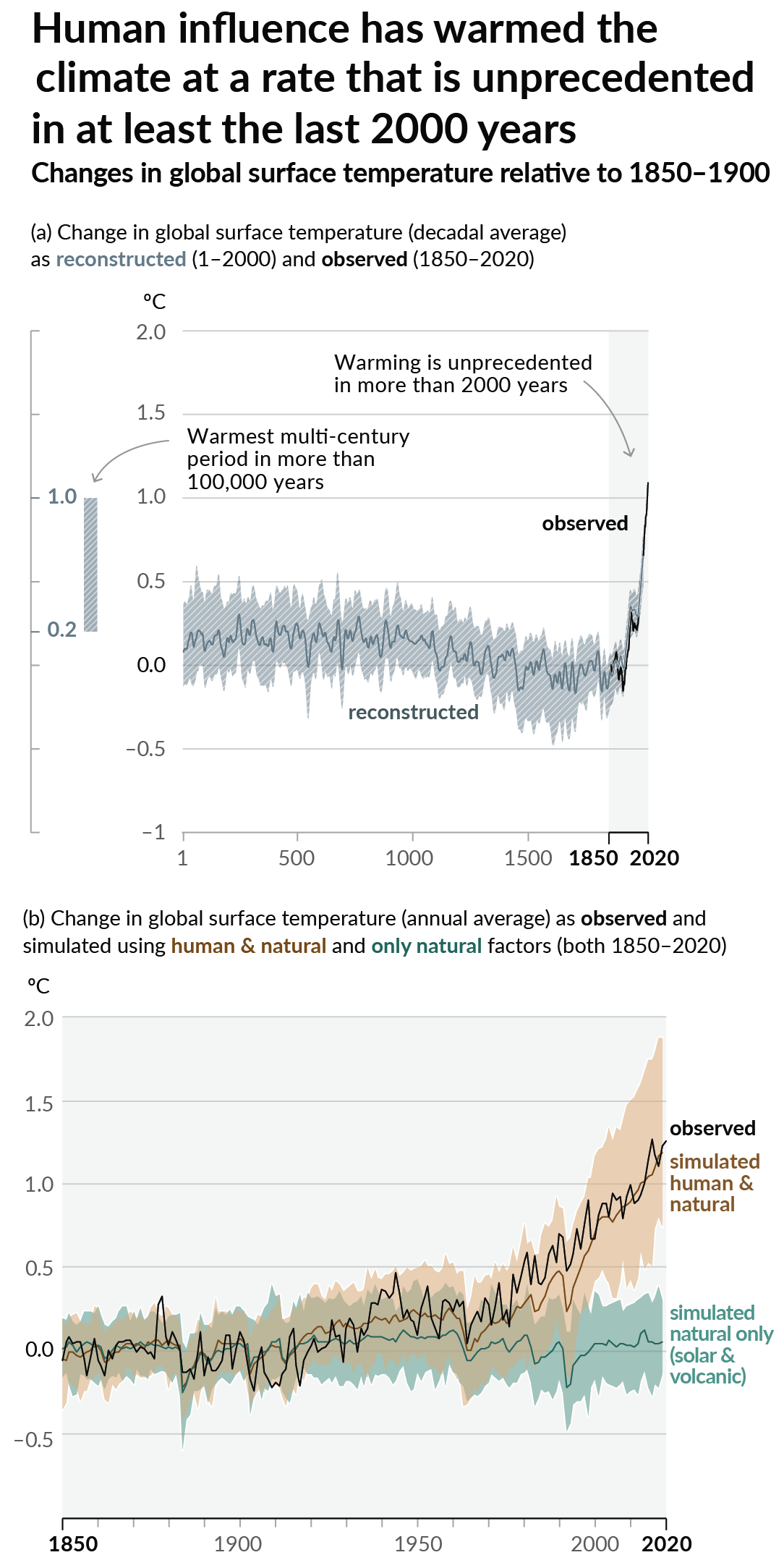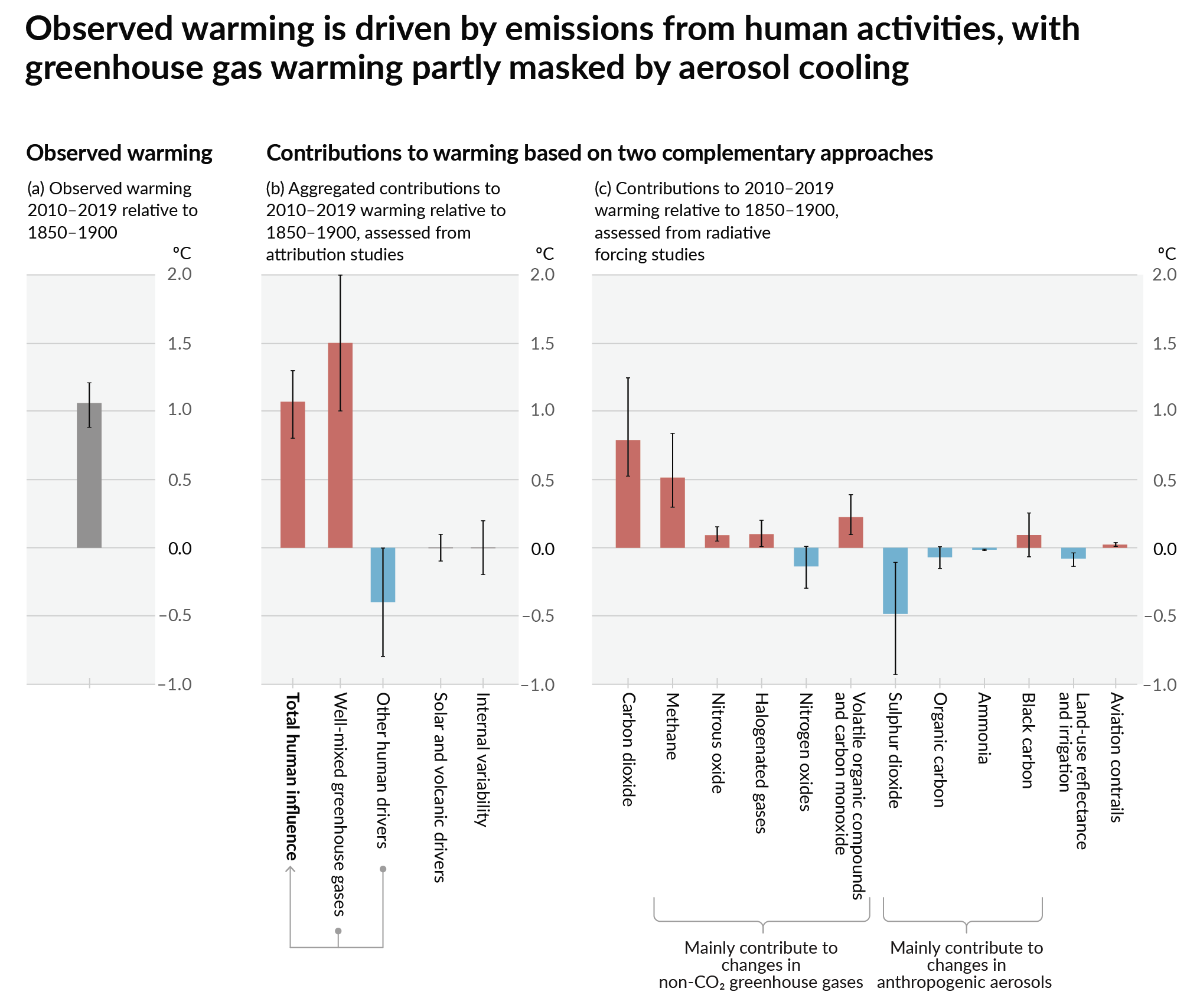Climate - truthful information about climate, related activism and politics.
7207 readers
249 users here now
Discussion of climate, how it is changing, activism around that, the politics, and the energy systems change we need in order to stabilize things.
As a starting point, the burning of fossil fuels, and to a lesser extent deforestation and release of methane are responsible for the warming in recent decades:

How much each change to the atmosphere has warmed the world:

Recommended actions to cut greenhouse gas emissions in the near future:

Anti-science, inactivism, and unsupported conspiracy theories are not ok here.
founded 2 years ago
MODERATORS
676
677
678
679
680
681
24
Biden’s climate law boosted red states. Their lawmakers are now gutting it.
(www.washingtonpost.com)
682
683
684
685
686
687
688
42
EU’s proposed 2040 emissions target signals its retreat as leader on climate action
(www.theguardian.com)
689
690
32
UK may be on verge of triggering a ‘positive tipping point’ for tackling climate change
(theconversation.com)
691
692
693
694
695
58
US north-east sees record tick season as climate crisis sparks arachnid boom
(www.theguardian.com)
696
697
698
699
700